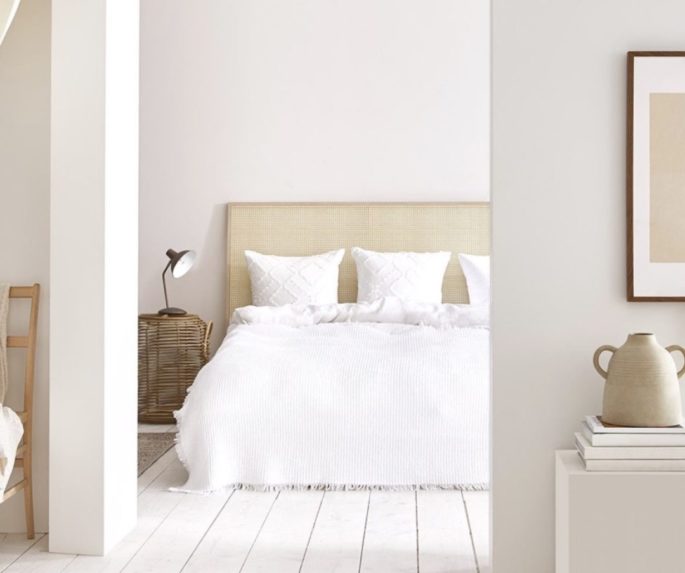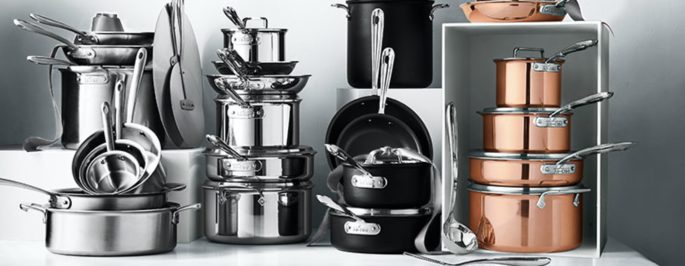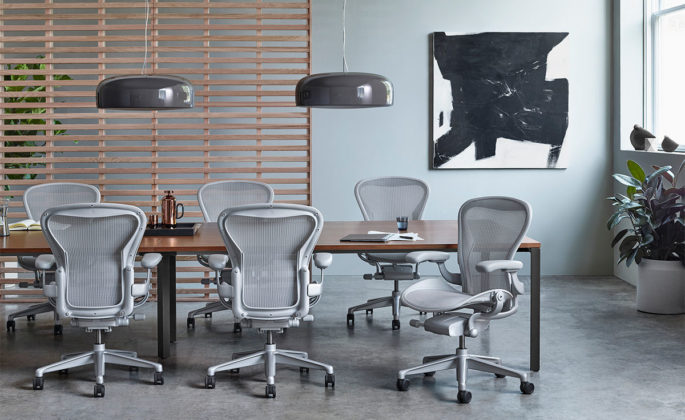It’s tempting to pamper yourself with a windfall of cash but try this instead — look at how you spend your day. Then put your money toward the things you spend the most time doing. You’ll be happier.
When you buy a phone or a car, you do your research to make sure you get the best bang for your buck. When it comes to indulging yourself, however, you might not do the same diligence.
There’s one easy way to make sure that, even when you treat yourself, your money goes as far as it can: spend money where you spend your time.
Imagine this: it’s tax season and you’ve got a decent refund coming in. You want to use a small portion of it to pamper yourself. What should you spend your money on? A nice dinner out? A new gadget? Maybe you want to spend money on an experience like studies keep telling you to do. Those are all good ideas, but spending money to improve the things you do every day can have the most long-term impact.
Take your bed, for example. You (hopefully) spend about eight hours there every night. Buying a new pillow, a nice bed or bedding might be more boring than a luxury trip, but when you’re still getting a good night’s rest months or even years later, the benefits become clearer.
Consider your “price per hour” when buying new things
However, it’s not just a matter of comfort. From a financial perspective, splurging where you spend the bulk of your time saves more money than buying things that seem the most fun. For example, earlier this year, my son spent $160 on an ergonomic, super comfortable office chair. He also spent $60 on a video game he’d been wanting.
Now, a video game should be more fun than a chair, no matter how nice the chair or how dull the game. Moreover, the game cost about $100 less than the chair. So, the game must be the better indulgence. It’s cheaper, it’s entertaining and it’s even an experience he can share with friends.
And yet, in the time that he’s had both, he’s spent far more time with the chair. He’s played the game about a dozen times — sometimes alone, sometimes with friends — for around one to two hours at a time. Call it 20 hours total. Since the game costs $60, that means he paid about $3 per hour of fun. That’s not bad! It’s cheaper than a ticket to a movie.
However, he’s spent at least eight hours a day, five days a week in the chair (he’s a student). Over a mere three months, that would add up to 480 hours in the chair. Since the chair costs $160, he’s paid a paltry $0.33 per hour of sitting. After a year, that would be down to about $0.08 per hour. In order to get that same cost-effectiveness from the video, he would have to play it for over 750 hours. The game’s fun, but not that fun.
Spending money on a comfortable chair with good posture support instead of a video game sounds like the kind of stuffy advice you’d get from a parent, but it’s directly related to the amount of time you spend on both. If you spend less than an hour a day at your computer desk at home but have sunk a few hundred hours into an immersive open-world video game, then it might make more sense to buy the game. It might even justify buying the game multiple times.
To put it simply, the more hours you spend on an activity, the more value you’ll get from spending money on ways to improve it. That’s not to say that temporary things are bad.
Getting a massage might only take an hour and last the day, but it’s still a nice treat every once in a while. You just don’t get much mileage out of it.
Find out where you spend the most time
Math is all well and good in principle, but how do you make this work in practice? The first step is to find the areas of your life where you spend your time. According to the data, Americans spend most of their time in three key areas: work, sleep, and leisure, in that order. Work takes up an average of eight and a half to nine hours per day, sleep just under eight hours, and leisure or sports activities a comparatively meager three hours per day.
Since it takes up most of your time, let’s look at work. If you’re in a career where you sit at a desk all day, investing in a supportive chair or standing desk can improve your comfort. On the other hand, if you work in retail, service industries, or other jobs where you’re on your feet all day, then your money might be better spent on a comfortable pair of shoes.

Buying new bedding or a nice bed might be more boring than a luxury trip, but when you’re still getting a good night’s rest months or even years later, the benefits become clearer. Image via Zara Home, zarahome.com
The next biggest chunk of your time is sleep. Getting a really good mattress can be expensive, but even a comfortable pillow can help you get a more restful sleep at night, and wake up with less of a pain in the neck.
Then there’s your leisure time. At three hours of the average person’s day, it’s not quite as time-consuming as work or sleep, and yet you might spend more time on it than other, more “responsible” areas of your life like cleaning or cooking (which research says takes up about an hour of the average person’s day). Counter-intuitively, that means spending $150 on a pot for the kitchen can be less cost-effective than spending $1000 on a comfortable sofa.
Time isn’t the only factor, but it’s an important one
If being advised to buy comfortable chairs instead of cooking equipment and video games instead of office chairs sounds too-good-to-be-true at best and irresponsible at worst, that’s because this shouldn’t be the only factor in your decision-making. You don’t buy equipment for the kitchen because of the number of hours you spend cooking. You do it because it makes it easier to make food. Which, as it happens, is something you have to do. You don’t need to play video games, but you do have to eat.

We spend more time relaxing than cleaning or cooking so spending $150 on a pot for the kitchen can be less cost-effective than spending $1000 on a comfortable sofa. Cookware via Williams Sonoma, williams-sonoma.com.
The relationship between your money and your time also isn’t that straightforward
Say you spend three hours a night watching TV, but only spend an hour or two a week vacuuming your house. According to everything we’ve said so far, you should spend your money on your leisurely hobbies, right? However, if you spend a robot vacuum, then you can reduce the amount of time that you spend vacuuming to almost zero.
That’s an example of spending money to buy yourself time. You can’t do much to reduce the amount of time you need to sleep, and reducing the amount of time you need to spend on work can be complicated, but buying a gadget to help out with chores or make cooking easier can give you some time in your day back.
If you can save yourself some time out of your day, that might be more important than optimizing your price-per-hour number.
No single factor should decide how you spend your money, but putting your money where you spend your time can help give you some valuable perspective. You only get so many hours in the day, and you don’t want to spend them in misery. If you’re going to spend money on yourself, the areas where you live your life the most are a good place to start. This story is an excerpt of an article that appeared in the New York Times.



